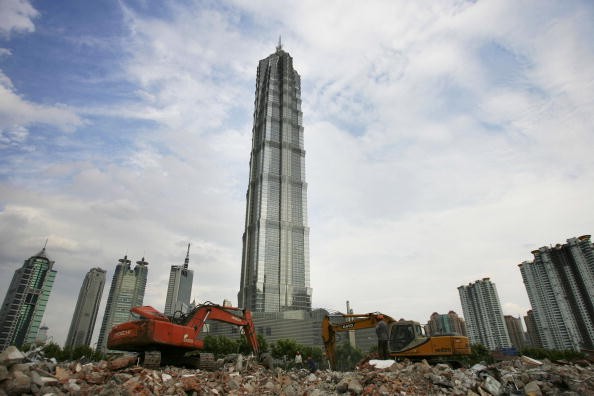Chinese cities need to avoid looking identical in their urban development and should focus instead on retaining their unique historical value, the government said in a policy document released late on Wednesday.
Rapid development over the last four decades of steady economic growth has led to many old buildings across China being demolished and replaced by cookie-cutter skyscrapers and other buildings.
While some places like Shanghai and Tianjin have done a relatively good job at protecting their cultural heritage, including their colonial-era architecture, others have lost swathes of historic edifices, according to a report from Reuters.
The new policy to better protect traditional Chinese culture, which was released by the central government, states that cities have to put more weight on their "historic and cultural value."
"Refine and carefully choose prominent examples of special cultural characteristics and symbols, put this into urbanization and city planning, rationally use public spaces for sculptures, squares and parts," the policy said.
"Avoid a thousand pieces of the same tune, a thousand cities with the same face."
The destruction of China old building pre-dates the country's economic reforms of the late 1970s and can be dated back to the early days of Communist rule ushered in by the 1949 revolution.
Huge swathes of old Beijing, including the city walls, were destroyed to make way for what is now Tiananmen Square and the Great Hall of the People, home to China's ruling Communist Party, Reuters reported.
The document said that the Party has a "historical responsibility" to protect and promote the nation's culture.
The guidelines also state the need to protect traditional Chinese villages and supporting poetry, music, dance, calligraphy and painting.
The document also briefly mentioned the protection of dialects, which are slowly disappearing due to the government's campaign to get Mandarin as the country's sole national language.



























